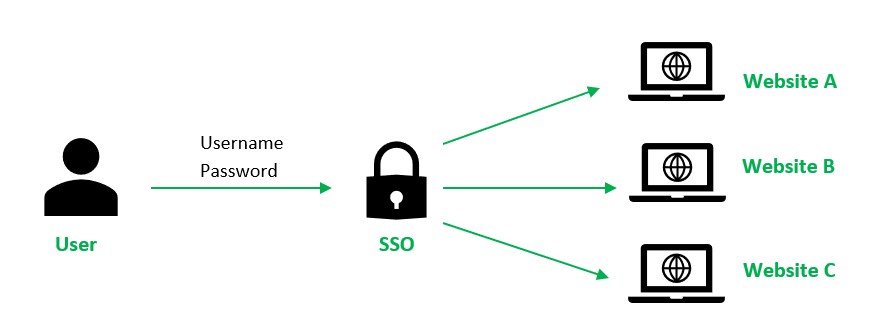Stunnel is a very versatile open-source tool designed to help secure web applications. It encrypts traffic, proxies connections, and redirects web applications so that they can run securely on a computer with untrusted network connections. Stunnel can also inspect every packet within encrypted tunnels and make adjustments to improve performance. Stunnel manages one or more client-server TCP/IP connections by creating an encrypted tunnel through which only the client and server are allowed to speak. This encrypted connection is in lieu of a direct connection between the client’s application and the server’s application, which helps prevent tampering with communications in transit from one end of the connection to another.
Stunnel Properties:
Stunnel has the power to create blocks of data in a format that cannot be deciphered by an attacker. This enables the creation of encrypted tunnels for specific applications, making it a popular tool in the world of ethical hacking and penetration testing. The encryption is known as keys and is stored locally on both the client and server computers. When communication is required between two endpoints, Stunnel connects to the server, receives key information for a given connection (hostname, port number, and protocol) from the server then creates an encrypted tunnel over an encrypted TCP/IP connection. On completion of tunnel creation, Stunnel releases its TCP/IP credentials and terminates.
Stunnel is an implementation of the SSL (Secure Sockets Layer) and TLS (Transport Layer Security) protocols. It facilitates end-to-end encryption, data integrity, and authentication between two communicating applications or two hosts. The transmission protocol can be a number of protocols, such as FTP, IMAP, POP3, telnet, and HTTP. Stunnel can be used to authenticate with a server via client certificates or with an authentication agent via single sign on (SSO). It can also be used to provide an encrypted layer for network traffic that does not require authentication with servers.

In this article, we will see how to install the tunneling tool in Ubuntu operating system.
- First, you have to add PPA (Personal Package Archive) repository to apt-get:
sudo add-apt-repository ppa:stunnel/ppa
- Then you can update and upgrade stunnel using the command: install stunnel
sudo apt-get update
sudo apt-get upgrade
an ad hoc collection of individuals and teams from the Tor Project and other organizations who have similar interests in security, privacy, anonymity, anonymity networks, circumvention of censorship, and the freedom of speech. The group is loosely connected with the activity at “The Tor Project” and broadly supports its mission. Although not legally required as a condition of Tor’s status as a nonprofit, Tor avoids gathering dues or requesting donations.
Countermeasures:
- The first step is to ensure you have the latest version of stunnel installed. [Open a terminal window] and enter the following command:
sudo apt-get update
- Stunnel was previously known as tniffl and is the same tool but with a different name that does the same work. The only difference between stunnel and tniffl is it was written in c before tniffl was written in PHP. tniffl has not been maintained for years, so there is no guarantee its code will still work even now.
- Stunnel has more features and has been updated over time to handle newer protocols like sslv2, 3, 3.1, 3.2, and TLS 1.0, 1.1, 1.2 and 1.3).
- Stunnel is a useful tool for sysadmins to use to protect servers from attacks that are SSL enabled while still using the existing SSL-enabled web server, but it allows some types of communication to be intercepted and modified by attackers, this can be easily done using a Man-in-the-Middle (MiTM) attack. The ability of an attacker to intercept traffic like this can be used to impersonate victims or trick them into revealing private information like banking logins and passwords, credit card details, and more.
Conclusion:
Stunnel is a powerful tool that has the ability to encrypt traffic between and client and server computer. This encryption can protect data from snoopers, but it cannot be used to hide the existence of connections, only their content. As a result, it is still crucial that users employ good network security procedures to avoid being snooped upon.




